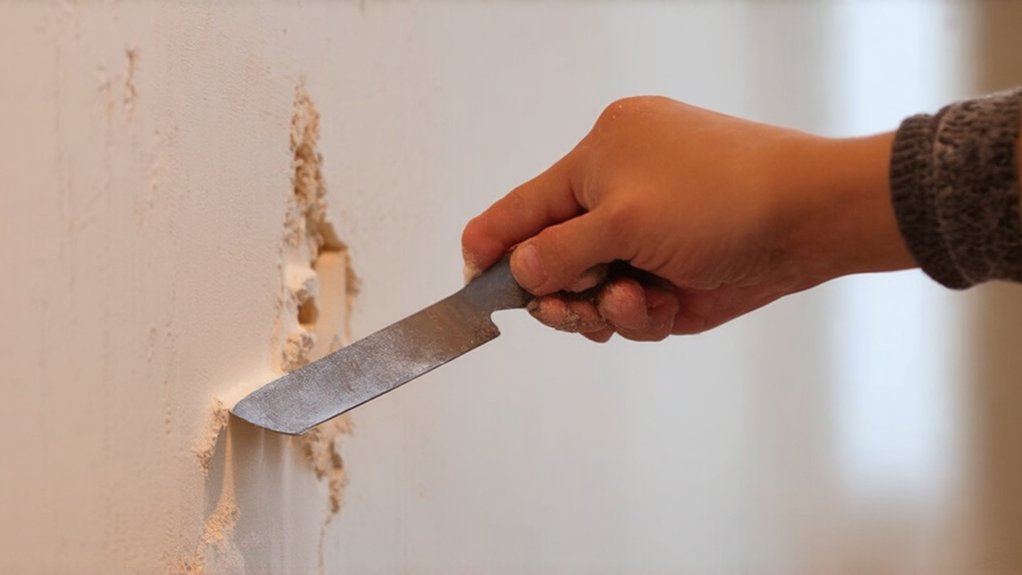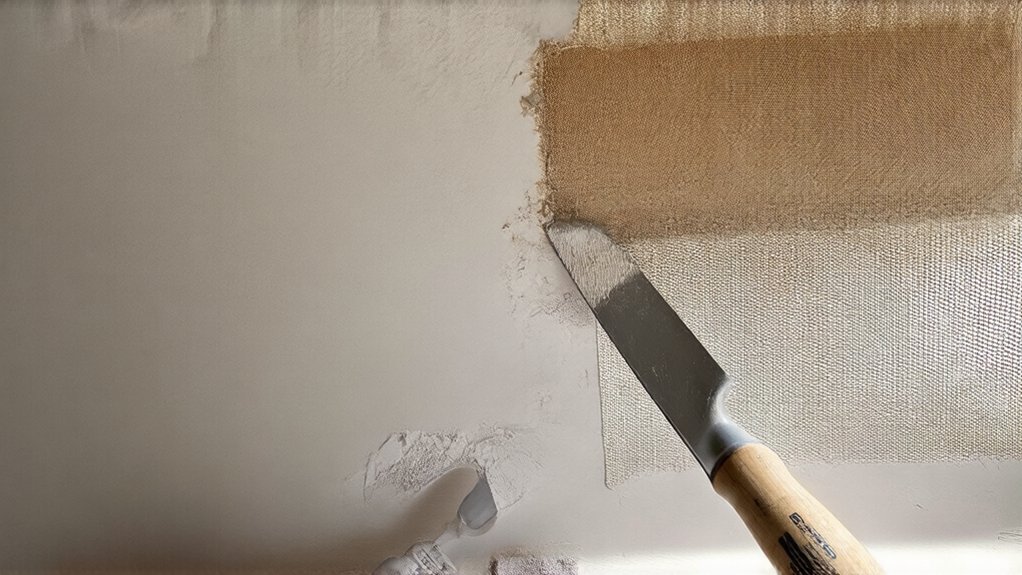You're taking the right step by addressing water-damaged drywall now. Fixing it promptly will help prevent further damage and reduce mold growth risks. Assess the damage, gather necessary tools, and remove damaged areas. You'll need to repair and replace drywall, then take steps to prevent future water damage. By taking these steps, you'll be on your way to a safe and dry environment, and you'll find more guidance to guarantee a successful repair.
Assessing the Damage
You're taking the first step towards fixing your water-damaged drywall, which is evaluating the damage. You're identifying moisture sources, and evaluating the extent of damage. This helps you understand what you're up against, and it's a vital part of the process. Expert drywall contractors can provide professional assessment and repair services for various levels of water damage in both residential and commercial settings.
Gathering Necessary Tools and Materials
Now that the extent of the water damage is clear, it's time to gather the necessary tools and materials to start the repair process. You'll need equipment for checking for moisture and identifying the leak source. Gather a moisture meter, drywall screws, and joint compound. These tools will help you assess and fix the damage. You're taking the first step towards fixing your drywall, and that's a big relief. Stay focused, and you'll get your space back to normal soon. Skilled technicians in Erie recommend professional-grade materials to ensure a long-lasting repair.
Removing Damaged Drywall
As the water damage has been assessed, it's clear that removing damaged drywall is the next critical step. You're taking control, and that's a big relief.
Now, focus on cleaning the affected area, and identifying moisture sources to prevent further damage. Remove the damaged drywall, and you'll be one step closer to a safe, dry space.
Repairing and Replacing Drywall
The process of repairing and replacing drywall can be formidable, but it's a critical step in restoring your space. You're taking control, reinforcing damaged areas, and inspecting for mold to ascertain a safe environment.
Preventing Future Water Damage
When you've fixed water-damaged drywall, you're likely keen to prevent future damage. You're taking steps to protect your home, and that's great. Identifying underlying issues and mitigating moisture sources is key.
Frequently Asked Questions
Can I Paint Over Water-Damaged Drywall?
You can't paint over water-damaged areas without identifying visible mold, addressing root moisture issues, or you'll hide the problem, not fix it, and it'll resurface, affecting you and your home.
How Long Does Drywall Repair Take?
You're wondering how long drywall repair takes, considering the drying time required, and you'll find the repair process duration varies, but it's usually a few days, don't worry, you'll get back to normal soon.
Is Water-Damaged Drywall a Health Risk?
You're right to worry, water damage can lead to mold growth, compromising your home's structural integrity, and you deserve a safe space to belong and thrive.
Can I Fix Water-Damaged Drywall Myself?
You're fixing water damage, start by locating the leak source, then you're preventing future damage, and yes, you can fix it yourself with some guidance and basic DIY skills.
Does Insurance Cover Water Damage Repairs?
You're wondering if insurance covers water damage repairs, so you can file a claim and hire a contractor, feeling supported throughout the process, knowing you're not alone in this situation.



